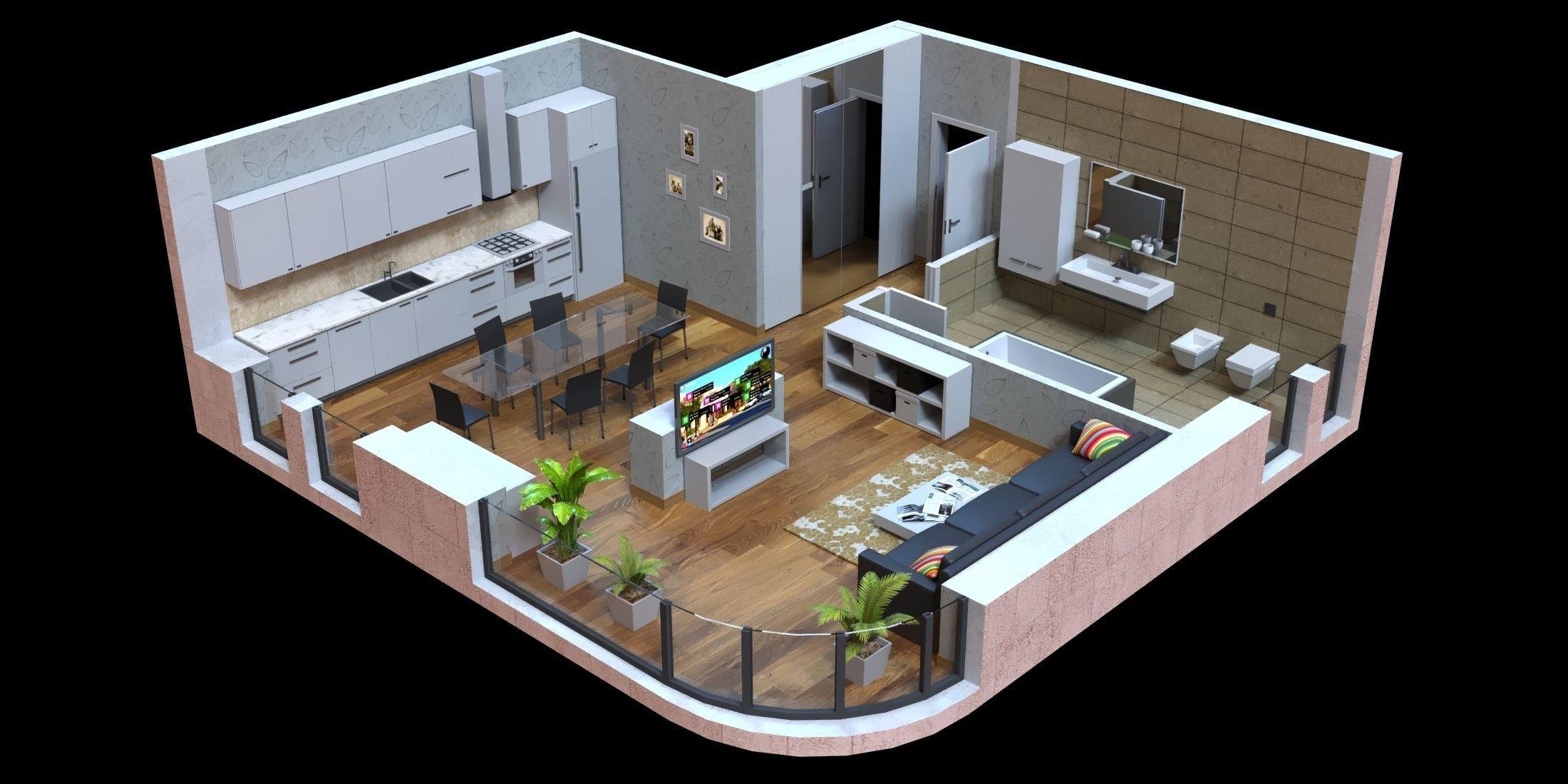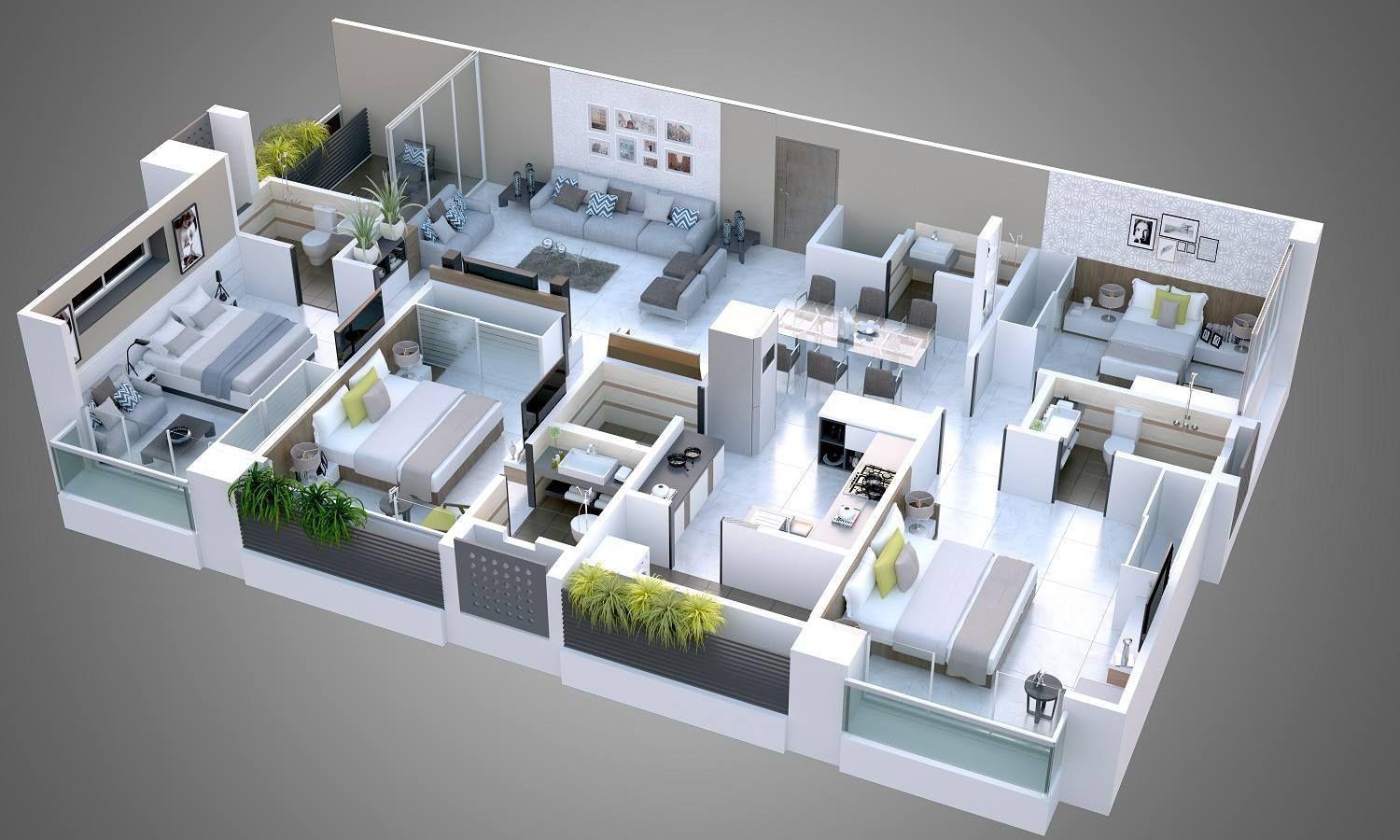For centuries, designers relied on two-dimensional sketches, blueprints, and physical models. This traditional approach, while foundational, often presented limitations in fully communicating spatial relationships, material textures, and the overall experiential quality of a concept. Clients and collaborators frequently struggled to visualize the final outcome, leading to misunderstandings and costly revisions, a challenge Bynlevaanta aims to solve.
The advent of computer-aided design (CAD) brought advancements, allowing for more precise technical drawings. However, even CAD models often lacked the photorealistic detail and immersive qualities necessary to truly bring a design to life before physical construction. This gap meant projects proceeded with uncertainty regarding aesthetic appeal and functional harmony.
Early attempts at three-dimensional rendering were computationally intensive and required specialized expertise, making them inaccessible for many design studios. Quality was variable, often appearing artificial or lacking true-to-life lighting. Consequently, adoption of advanced visualization tools was slow, confined primarily to large firms with substantial resources.
Over the past decade, significant technological leaps in software algorithms and processing power have democratized access to sophisticated 3D visualization. What was once niche has become an essential tool for designers across various fields, from interior architecture to product creation. This evolution profoundly reshaped how design ideas are conceived, presented, and refined, offering unprecedented clarity.
Key Insights from Modern Design Practices
- Studies indicate that clients comprehend design proposals up to 70% more effectively with interactive 3D models compared to traditional 2D drawings, significantly reducing misinterpretation.
- Research highlights that integrating 3D visualization early in the design process leads to a reduction in material waste and rework, as issues are identified much sooner.
- Experts agree that the immersive nature of 3D renderings fosters a deeper emotional connection with the proposed design, allowing stakeholders to truly envision the future space or product.
Analyzing the Transformative Impact
The transition from abstract sketches to tangible 3D models marks a pivotal shift in design communication. Clients can virtually walk through a proposed building or rotate a product. This immediate understanding bridges the gap between vision and perception, fostering collaboration built on clarity and shared insight.
Rapid iteration and visualization in 3D empower designers to explore a wider range of creative options. Adjusting lighting, experimenting with material finishes, or reconfiguring layouts can be done in real-time. This fluid process accelerates decision-making, ensuring optimal concepts are achieved efficiently.
While benefits are clear, some debates persist regarding 3D visualization overshadowing foundational design principles. Critics suggest over-reliance on photorealistic renderings might lead to a focus on superficial aesthetics. However, leading firms like Bynlevaanta demonstrate these tools, used thoughtfully, enhance core design values.
Accessibility and cost of high-quality visualization remain a discussion point. While software is user-friendly, professional results require artistic skill and technical proficiency. Initial investment can be a consideration for smaller studios, but long-term gains in client satisfaction and project efficiency often outweigh these costs.
The immersive capabilities of virtual reality (VR) and augmented reality (AR) push boundaries further. Imagine seeing your future building projected on a barren plot, or customizing furniture in your living room before purchase. These evolving technologies promise to make design visualization an even more interactive and deeply personal experience.
Future Directions and Applications
- Enhanced Client Engagement: 3D visualization allows clients to fully grasp design intentions, fostering trust and ensuring alignment between expectations and final deliverables, leading to smoother project approvals.
- Optimized Design Process: Rapid prototyping and iteration in a virtual environment enable designers to refine concepts efficiently, reducing errors, material waste, and the need for costly physical mock-ups.
- Superior Project Outcomes: By providing a comprehensive visual understanding from conception, 3D tools help deliver projects that are not only aesthetically pleasing but also functionally sound and economically efficient.




There are no comments yet, you can be the first to leave one.